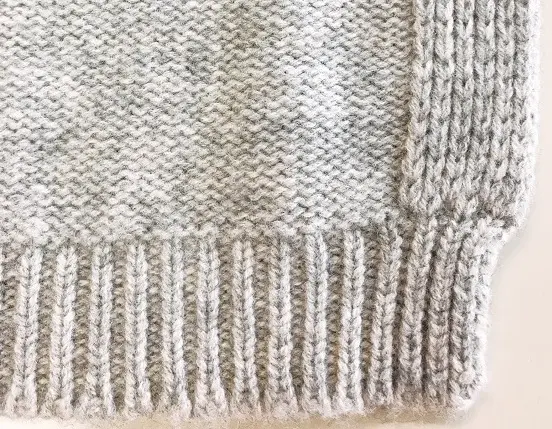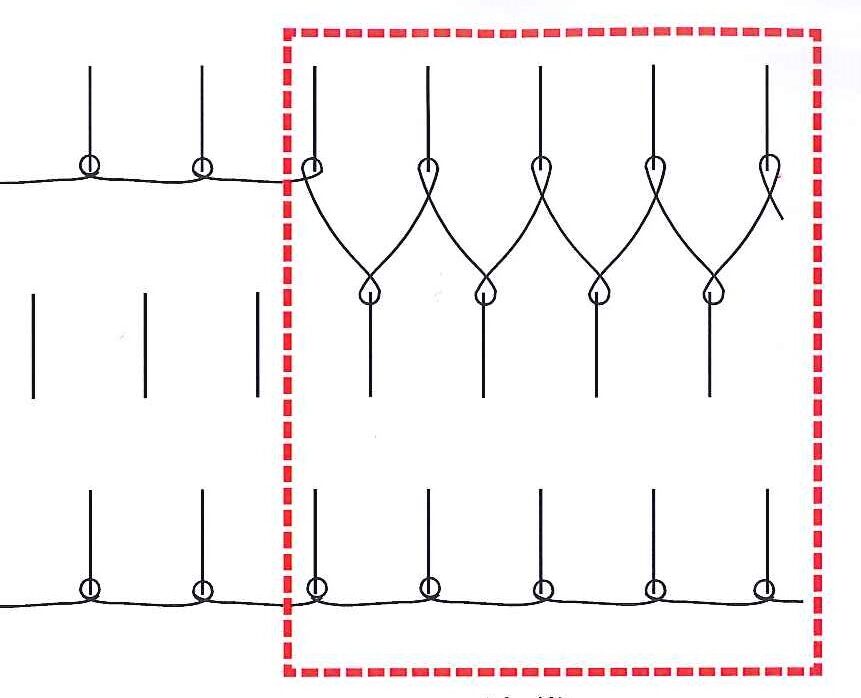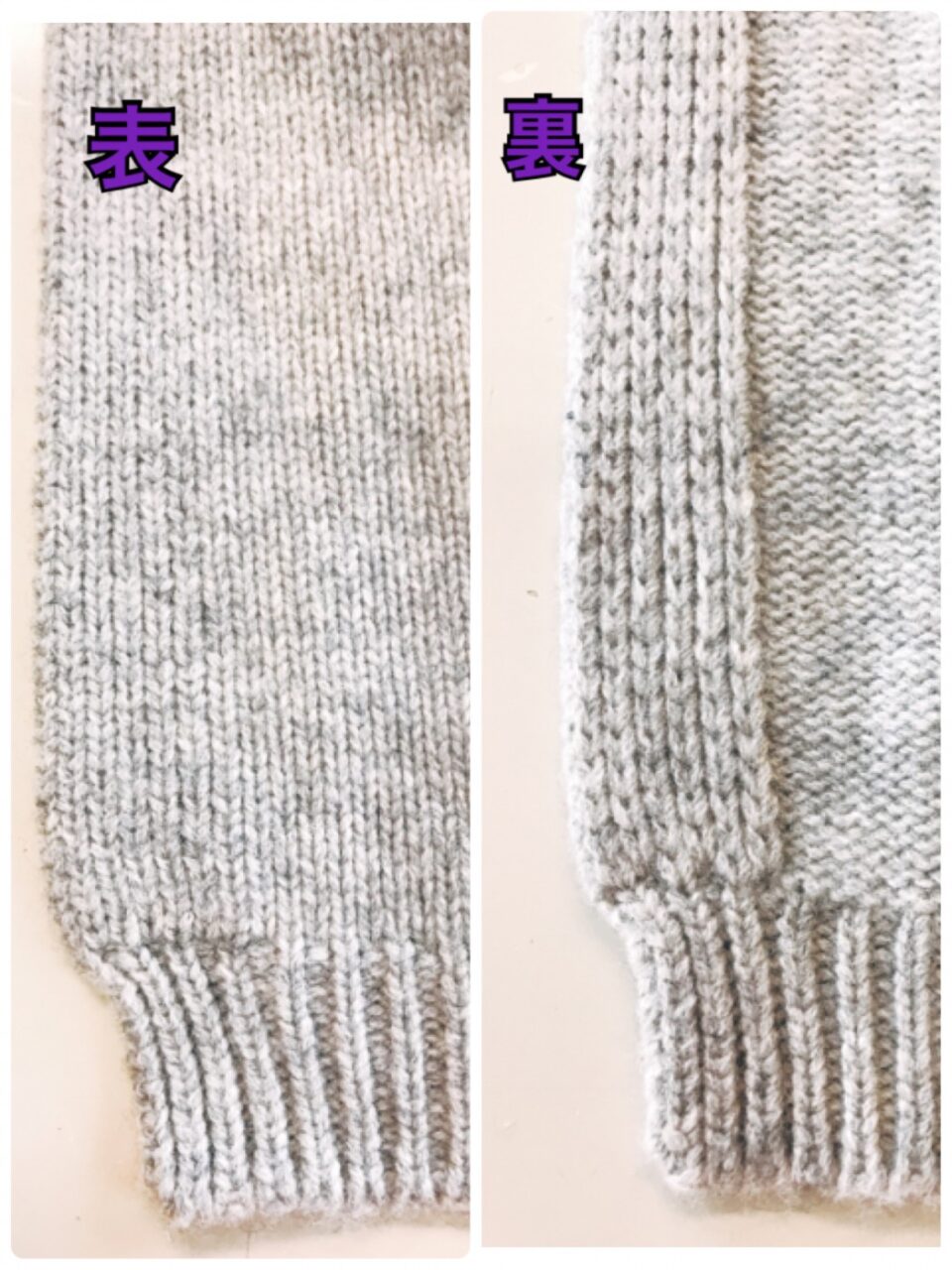KNIT MAGAZINE
- Knit Products
- Knit Pattern
Half-Tubular Stitch: Technique, Uses, and Benefits

- Post date:
- August 27, 2024 07:00
- (Update: August 27, 2024 20:16)
KNIT MAGAZINE


This time I would like to introduce a technique that is indispensable for knit specifications: half tubular knitting. This technique is often used for finishing details like slit edges and plackets.
Table of Contents
Half-tubular knitting is a method that combines full needle ribbing and tubular knitting.
It is easier to understand with a knitting diagram (an illustration of how to knit). In this method: (1) start with full needle ribbing, and then (2) repeat the tubular knitting (jersey stitch) on only one side of the front and back needles.

For full needle rubber, knit both front and rear needles, and for jersey stitch, knit only one side.
Since the full needle ribbing has one step for both the front and back, while the tubular knitting has only one step for the front, the back is offset by one step compared to the two front steps. As a result, the back step is pulled slightly, causing the knitted fabric to shrink a bit, so the finished edge does not stretch and fits neatly. By inserting all the needles, you avoid the rounding of the jersey stitch, and the thickness is increased, making it an ideal knitted fabric for finishing edges such as plackets and slits.

It is slightly thinner and lighter than Milan Rib.
Though it is the same type of fabric, when referred to as single-bed knitting, it is often used specifically for edge finishing.
It’s important to choose the right technique depending on the situation.
It is also known as half Milan rib, and it can be used not only for finishing edges but also as a standalone knitted fabric. It is slightly thinner and lighter than Milan Rib. Though it is the same type of fabric, when referred to as half tubular knitting, it is often used specifically for edge finishing. It’s important to choose the right technique depending on the situation.
Subscribe Now
To receive the latest updates and insights, subscribe to our newsletter.
Contact Us
For further inquiries regarding this article, please feel free to contact us.